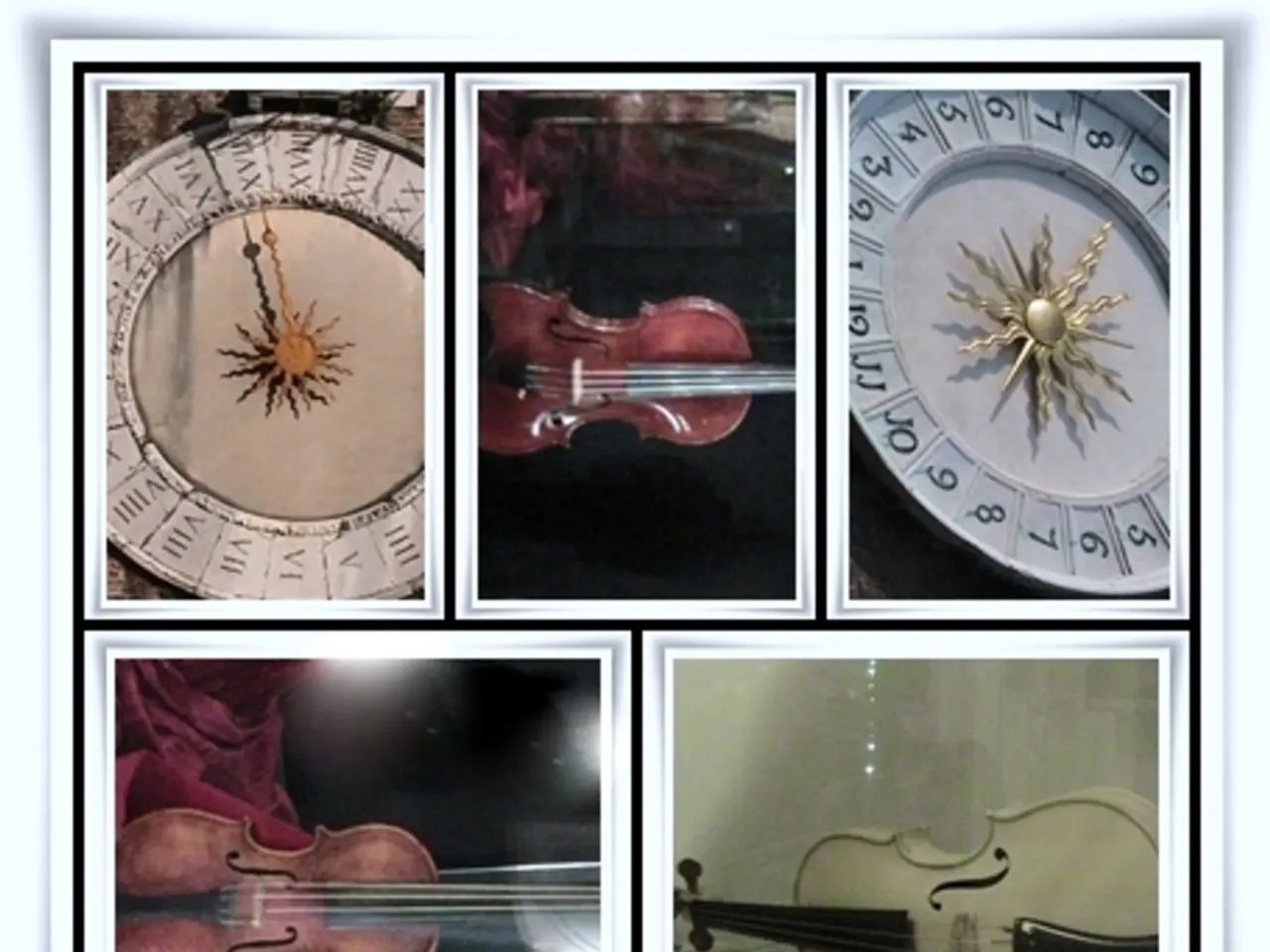Precise adjustments during clock repair form an essential part of the process in the case of the Mauthe box clock.
In the realm of horology, a fascinating journey unfolds as we delve into the intricacies of a vintage Mauthe box clock. This article aims to shed light on the correct positioning of the star wheel relative to the two hammer arbours in a Mauthe box clock with a bim-bam strike mechanism.
The star wheel, a crucial component in a bim-bam strike clock, serves as the count wheel controlling the number of strikes. In this type of clock, two hammer arbours strike alternately on two different gongs or rods, producing the distinctive two-note strike pattern.
For a Mauthe box clock, the star wheel is positioned so that it interacts directly with the levers controlling both hammer arbours. This arrangement ensures that each rotation of the star wheel increments the strike count and activates the two hammers in alternation.
Typically, the star wheel is placed centrally between the two hammers or slightly offset, allowing its pins or notches to lift the individual hammer levers in sequence—striking one hammer, then the other, for each successive strike.
In the case of the clock in question, the star wheel should be fixed on its shaft such that one of its pins engages the lifts on the first hammer arbour at a certain angle of rotation. After partial rotation, the next pin engages the second hammer arbour lift. This layout allows the bim-bam two-tone strike pattern to be mechanically coordinated by the star wheel’s indexing.
Without direct schematics or specifications from Mauthe, this explanation assumes standard bim-bam star wheel placement as found in many similar mechanical bim-bam clocks.
In addition to the star wheel positioning, the clock in question is a German "box" clock by Mauthe, but has no Mauthe trademark or name on it. It is believed to have been sold under the Forestville or Solar name in department stores across Canada in the 1940s, and it features an applique of a maple leaf on the crown, suggesting it was made for the Canadian market.
The clock is in good overall condition despite last being serviced in 1979. During disassembly, the location pin of the stop or warning wheel should be noted for proper reassembly. Fine-tune adjustments are a common part of the clock repair experience, and after the adjustment of the paddle lever arbours, the strike side of the clock ran as it should.
The two-rod gong on the clock was made by Divina, a subsidiary of Mauthe. The stop or warning wheel requires about half a rotation to arrest the train during the warning phase.
For those seeking detailed diagrams for specific Mauthe models, it is recommended to consult specialized horological repair manuals or Mauthe-specific clock forums for more in-depth information.
- For collectors of vintage clocks, understanding the intricate mechanics of a Mauthe box clock can be fascinating, particularly the placement of the star wheel that controls the bim-bam strike mechanism.
- A home-and-garden enthusiast might appreciate the unique addition of a Mauthe box clock to their collection, especially one found in a department store during the 1940s, even if it bears a different name like Forestville or Solar.
- In the pursuit of a well-balanced lifestyle, one might find solace in the precision mechanics of gadgets like clock movements, such as the star wheel in a vintage Mauthe box clock, even when paired with modern technology like the Divina two-rod gong.





